Home>Articles>Should You Wear A Mask When Installing Insulation
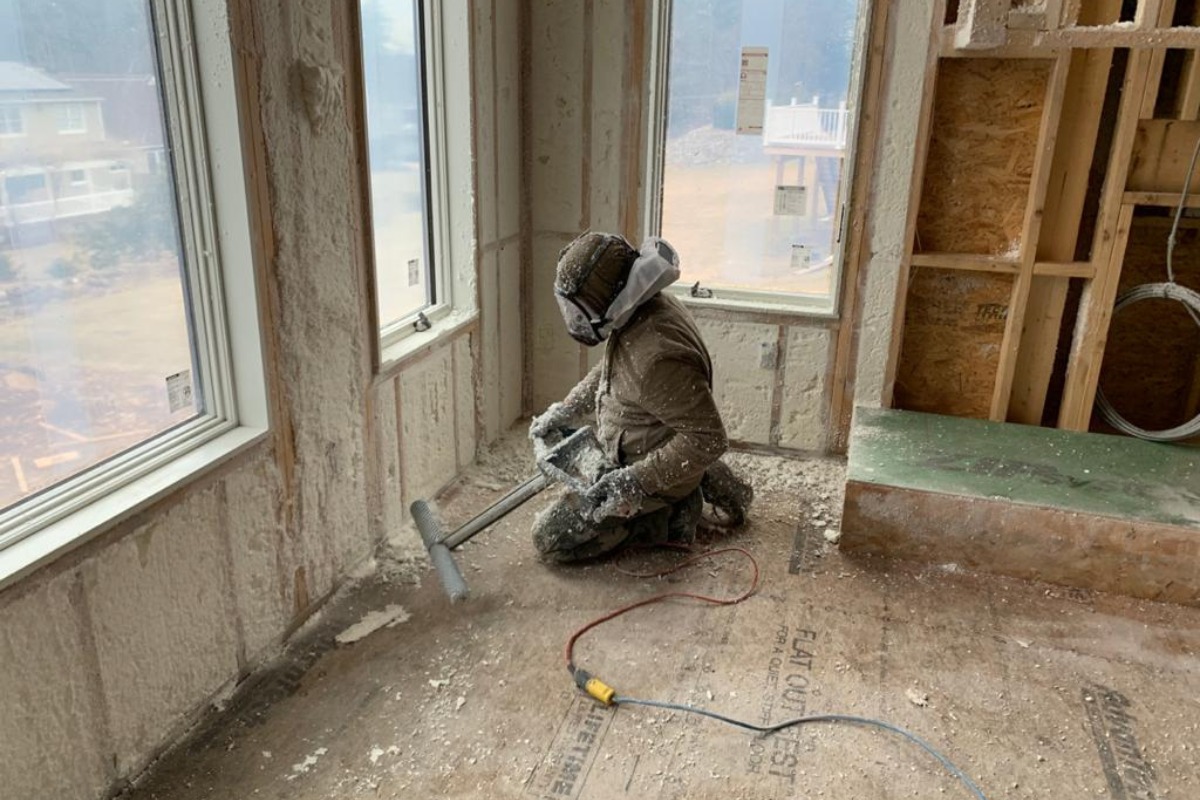

Articles
Should You Wear A Mask When Installing Insulation
Modified: December 7, 2023
Discover the importance of wearing a mask during insulation installation. Read our informative articles to ensure your safety and protect against harmful pollutants.
(Many of the links in this article redirect to a specific reviewed product. Your purchase of these products through affiliate links helps to generate commission for Storables.com, at no extra cost. Learn more)
Introduction
When it comes to insulation installation, there are several important factors to consider, including safety precautions. One key safety measure that often goes overlooked is wearing a mask. While it may not seem necessary at first glance, wearing a mask during insulation installation can have numerous benefits and protect you from potential health risks.
In this article, we will delve into the importance of wearing a mask when installing insulation and the potential risks that can arise if you neglect this precautionary measure. We will also explore the different types of masks suitable for insulation installation and provide guidance on proper usage and fit. By the end, you will have a clear understanding of why wearing a mask is vital for your safety during this process.
Key Takeaways:
- Protect Your Health
Wearing a mask during insulation installation is crucial for safeguarding against harmful particles, allergens, and toxic materials. Prioritize your respiratory health and minimize long-term risks. - Safety First, Always
Don’t overlook the importance of wearing a mask when working with insulation. It’s a simple yet vital step in ensuring a safe and healthy environment. Prioritize safety for yourself and those around you.
Read more: How Do You Install Insulation In Walls
Understanding Insulation Installation
Before we dive into the importance of wearing a mask during insulation installation, it’s crucial to have a basic understanding of how insulation works and the process involved in installing it.
Insulation is a material used to create a barrier that helps to regulate the temperature within a space. It can be made from various materials, such as fiberglass, cellulose, or foam. The goal of insulation is to minimize heat transfer, keeping the interior of a building warm in winter and cool in summer.
During the installation process, insulation material is typically placed between the framing studs or joists in walls, floors, and ceilings. It is important to ensure that the insulation is properly installed and that there are no gaps or areas of compression, as this can compromise its effectiveness.
Insulation installation involves handling and manipulating the insulation material, which can release fine particles and fibers into the air. These particles can be hazardous to your health if inhaled, which is why proper safety measures, such as wearing a mask, are essential.
Now that we have a basic understanding of insulation installation, let’s explore why wearing a mask is crucial in this process.
Importance of Wearing a Mask
Wearing a mask during insulation installation is of utmost importance, as it helps protect you from potential health hazards. Here are some key reasons why wearing a mask is crucial:
1. Respiratory Protection: Insulation materials, such as fiberglass or cellulose, can release fine particles and fibers into the air when handled or disturbed. These particles can be easily inhaled, leading to respiratory issues or irritation. Wearing a mask acts as a barrier, preventing you from inhaling these harmful particles.
2. Preventing Allergic Reactions: Many individuals may have allergies or sensitivities to insulation materials. These allergies can manifest as skin rashes, itching, or even respiratory distress. Wearing a mask helps minimize your exposure to irritants, reducing the likelihood of an allergic reaction.
3. Minimizing Dust and Debris Ingestion: In addition to airborne particles, insulation installation can also generate dust and debris. These particles can settle on surfaces, including your skin, clothing, and equipment. Wearing a mask helps to prevent the ingestion of these particles, reducing the risk of respiratory and gastrointestinal issues.
4. Protecting Against Toxic or Hazardous Materials: In some cases, insulation materials may contain toxic or hazardous substances, such as formaldehyde or asbestos. Wearing a mask provides an additional layer of protection against these harmful materials, preventing them from entering your respiratory system.
By wearing a mask during insulation installation, you not only protect your immediate health but also reduce the long-term risks associated with exposure to insulation materials. It is a simple yet effective way to prioritize your safety during this process.
Risks of Not Wearing a Mask
Choosing not to wear a mask during insulation installation can expose you to various risks and potential health issues. Here are some of the risks associated with not wearing a mask:
1. Inhalation of Harmful Particles: Insulation materials can release fine particles and fibers into the air, which can be easily inhaled without proper protection. These particles can irritate the respiratory system, leading to coughing, wheezing, and difficulty breathing.
2. Allergic Reactions: Insulation materials, especially fiberglass, can cause allergic reactions in some individuals. Not wearing a mask increases the chances of coming into contact with these materials, increasing the risk of skin rashes, itching, and other allergic symptoms.
3. Respiratory Issues: Prolonged exposure to insulation materials without a mask can result in long-term respiratory issues, such as asthma or chronic bronchitis. These conditions can significantly impact your quality of life and may require ongoing medical treatment.
4. Toxic Material Exposure: In certain cases, insulation materials may contain substances like formaldehyde or asbestos, which are known to be hazardous to health. Without a mask, you are at a higher risk of inhaling these toxic materials, which can cause serious respiratory problems and even cancer in the long run.
5. Ingestion of Dust and Debris: Insulation installation can generate dust and debris, which can settle on surfaces and be accidentally ingested if proper precautions are not taken. Ingesting these particles can lead to gastrointestinal issues and discomfort.
6. Secondary Contamination: Insulation materials can easily cling to your clothing, skin, or hair, especially if you are not wearing a mask. This can lead to secondary contamination in other areas of your home or workplace, posing a risk to others who come into contact with these materials.
By neglecting to wear a mask during insulation installation, you not only put your own health at risk but also potentially endanger the health of those around you due to the potential spread of particles and debris. Protecting yourself with a mask is a simple yet vital step in ensuring a safe and healthy environment during the insulation installation process.
When installing insulation, it is recommended to wear a mask to protect yourself from inhaling any airborne particles. This can help prevent respiratory issues and ensure your safety during the installation process.
Types of Masks for Insulation Installation
When it comes to choosing a mask for insulation installation, it is essential to select one that provides adequate protection and fits comfortably. Here are a few types of masks commonly used during insulation installation:
- N95 Respirator Mask: The N95 respirator mask is a widely recommended mask for insulation installation. It is designed to filter out at least 95% of airborne particles, including fine fibers and dust. The tight fit and multiple layers of filtration make it highly effective in protecting against insulation materials.
- Half-Face Respirator: A half-face respirator is another suitable option for insulation installation. It covers your nose and mouth and uses replaceable cartridges to filter out particles and harmful substances. This type of mask provides a good balance between protection and comfort.
- Disposable Masks: Disposable masks, commonly known as dust masks, provide basic protection against large particles and some dust. While they are not as effective as N95 respirators, they can still offer some level of respiratory protection during insulation installation.
- Full-Face Respirator: For more comprehensive protection, a full-face respirator can be used. This type of mask covers the entire face, including the eyes, ensuring that no particles or irritants come into contact with any part of the face. It is suitable for individuals with respiratory sensitivities or allergies.
- PAPR (Powered Air Purifying Respirator): PAPR is a high-level breathing apparatus that uses a powered fan to draw air through filters. It provides a constant flow of clean air, offering excellent respiratory protection during insulation installation. PAPR systems are commonly used in professional insulation installation settings.
It is important to note that the effectiveness of the mask depends on its fit on your face. Make sure to follow the manufacturer’s instructions on proper usage, including how to properly fit the mask and replace filters when needed.
Remember, when choosing a mask, prioritize comfort and compatibility with other safety gear, such as goggles or gloves. The goal is to find a mask that ensures optimal protection while allowing you to maneuver and work comfortably during insulation installation.
Read more: When Should You Plant Seeds
Proper Mask Usage and Fit
Wearing a mask during insulation installation is only effective if it is used correctly and fits properly. Here are some important considerations for proper mask usage and fit:
- Choose the Right Size: Select a mask that fits snugly but comfortably over your nose and mouth. Avoid masks that are too loose or tight, as they may compromise the seal and effectiveness of the mask.
- Ensure a Secure Fit: Adjust the straps or nosepiece of the mask to ensure a secure fit. The mask should cover your nose, mouth, and chin without any gaps. Use the adjustable features on the mask to achieve a proper seal.
- Avoid Touching the Mask: Once the mask is on, avoid touching or adjusting it while working. Touching the mask with contaminated hands can introduce particles or irritants from your hands to your face. If you need to adjust the mask, wash your hands thoroughly before doing so.
- Replace Disposable Masks Regularly: If you are using disposable masks, make sure to replace them regularly, as they can become clogged with particles and lose their effectiveness over time.
- Care for Reusable Masks: If you are using reusable masks, follow the manufacturer’s instructions for cleaning and maintenance. Regularly clean and sanitize the mask to keep it free from contaminants.
- Combine with Eye Protection: Insulation installation can produce airborne particles that may irritate your eyes. Consider wearing goggles or safety glasses in addition to your mask to provide full coverage and protection.
- Take Breaks if Needed: If you feel discomfort or difficulty breathing while wearing the mask, take short breaks in a well-ventilated area to catch your breath. It is important to prioritize your comfort and well-being during the installation process.
Always check the manufacturer’s guidelines on proper usage and maintenance specific to the mask you are using. By ensuring proper mask usage and fit, you can maximize its effectiveness and minimize the risks associated with insulation installation.
Other Safety Precautions during Insulation Installation
While wearing a mask is a crucial safety measure during insulation installation, there are several other precautions you should take to protect yourself and ensure a safe working environment. Here are some additional safety precautions to consider:
- Wear Protective Clothing: Insulation materials can be irritating to the skin, so it is important to wear long sleeves, gloves, and pants to minimize direct contact. Choose clothing made of non-absorbent materials to prevent particles from sticking to your clothes.
- Use Proper Ventilation: Proper ventilation is essential during insulation installation to minimize the build-up of airborne particles. Open windows, use fans, or consider using exhaust systems to improve air circulation and reduce the concentration of contaminants.
- Avoid Smoking or Eating in the Work Area: Smoking or eating in the work area can risk contamination of insulation materials. It is best to avoid these activities altogether and designate a separate area for breaks and meals.
- Dispose of Waste Properly: Insulation material scraps and waste should be disposed of in accordance with local regulations. Use sealed bags or containers to prevent the spread of particles and fibers and to minimize the risk of exposure to others.
- Keep Children and Pets Away: Insulation installation areas should be restricted to authorized personnel only. Keep children and pets away from the work area to prevent accidental exposure or ingestion of insulation materials.
- Stay Hydrated: Insulation installation can be physically demanding work. Remember to drink plenty of water and stay hydrated throughout the process. Keeping hydrated helps maintain focus and prevents fatigue.
- Know the Dangers of Asbestos: If you are working with older buildings or materials, be aware of the potential presence of asbestos. Asbestos removal requires specialized training and equipment, so it is crucial to consult professionals if you suspect asbestos-containing materials.
Following these safety precautions in addition to wearing a mask will help ensure a safe and healthy environment during insulation installation. Prioritizing safety not only protects you and your colleagues but also promotes a successful and efficient work process.
Conclusion
Insulation installation is an important process that helps regulate temperature and improve energy efficiency in buildings. However, it is crucial to prioritize safety during this task, and one key safety measure is wearing a mask.
Wearing a mask during insulation installation provides essential protection against harmful particles, dust, and potential allergens. It significantly reduces the risk of respiratory issues, allergic reactions, and long-term health complications that can arise from exposure to insulation materials.
When choosing a mask, consider options like N95 respirators, half-face respirators, or full-face respirators, depending on the level of protection required. Ensure that the mask fits properly, covers your nose, mouth, and chin completely, and check for any manufacturer’s guidelines for usage and maintenance.
Remember, wearing a mask is just one part of maintaining safety during insulation installation. It is equally important to wear appropriate protective clothing, ensure proper ventilation, dispose of waste correctly, and follow other recommended safety measures.
By prioritizing safety and taking the necessary precautions, you can ensure a safe and healthy working environment. Whether you are a professional insulation installer or a homeowner taking on a DIY project, don’t underestimate the importance of wearing a mask during insulation installation. Your health and well-being, as well as the long-term effectiveness of the insulation, depend on it.
So, the next time you embark on an insulation installation project, make sure to gear up with a mask and protect yourself from the potential hazards associated with the process. Stay safe, stay healthy!
Frequently Asked Questions about Should You Wear A Mask When Installing Insulation
Was this page helpful?
At Storables.com, we guarantee accurate and reliable information. Our content, validated by Expert Board Contributors, is crafted following stringent Editorial Policies. We're committed to providing you with well-researched, expert-backed insights for all your informational needs.

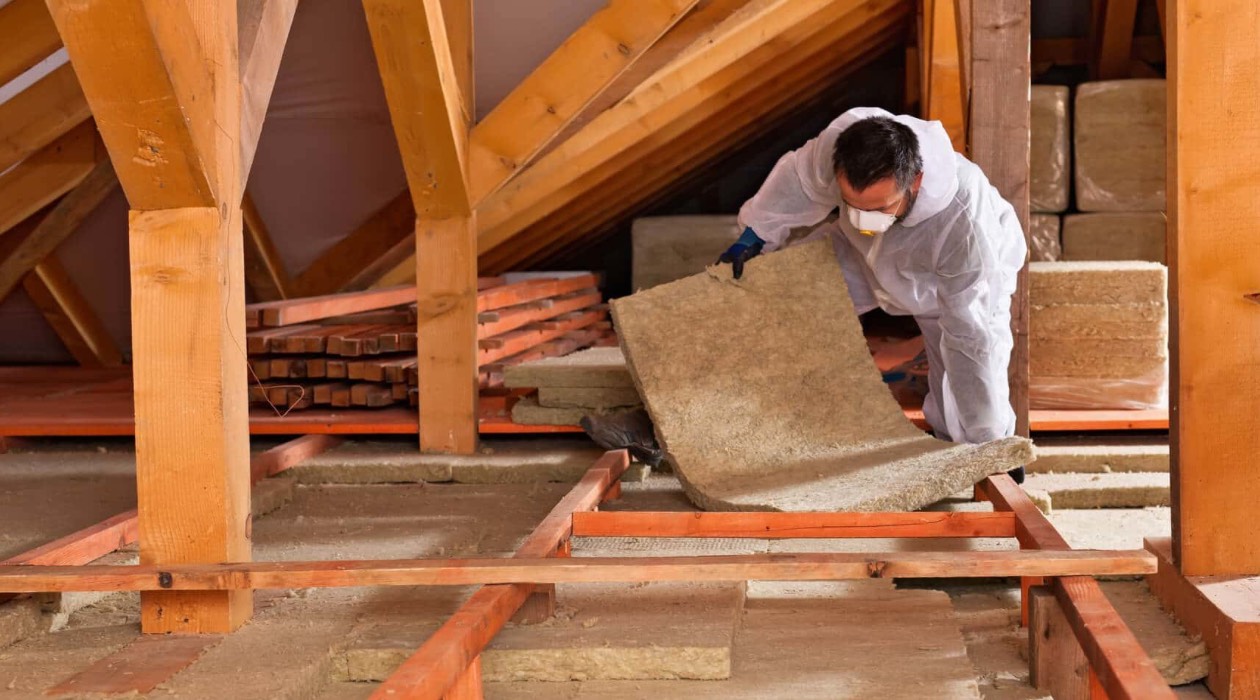
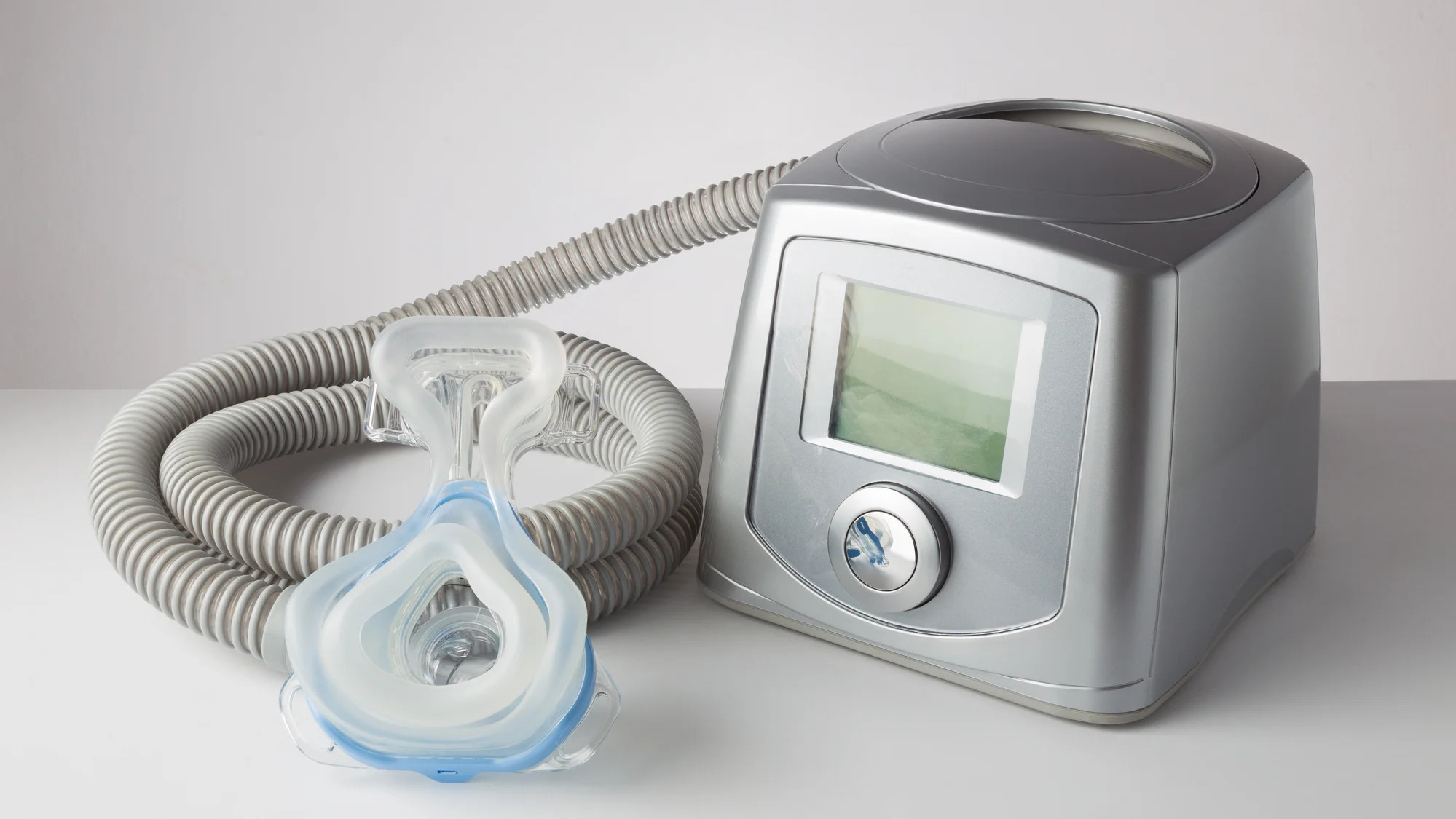


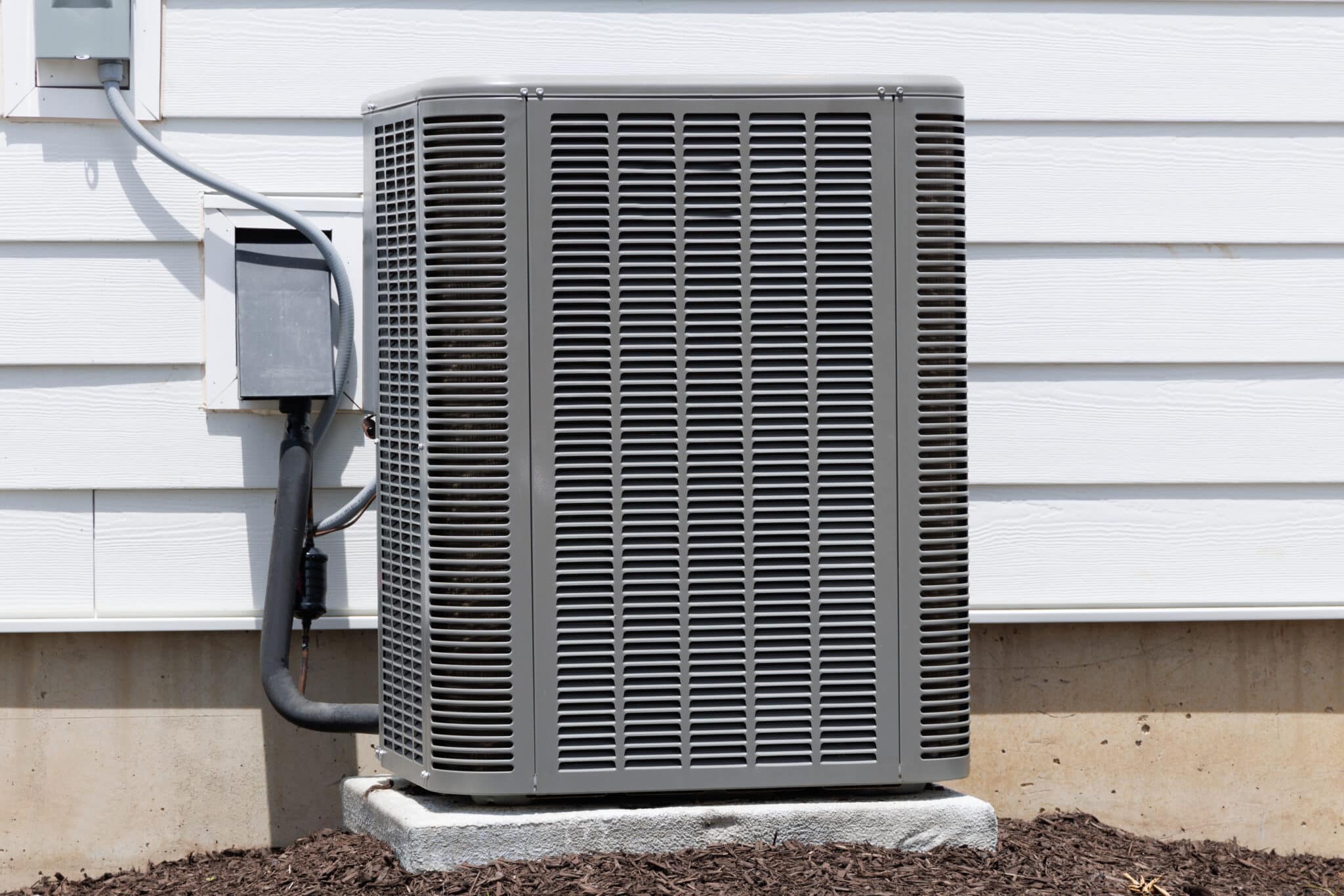
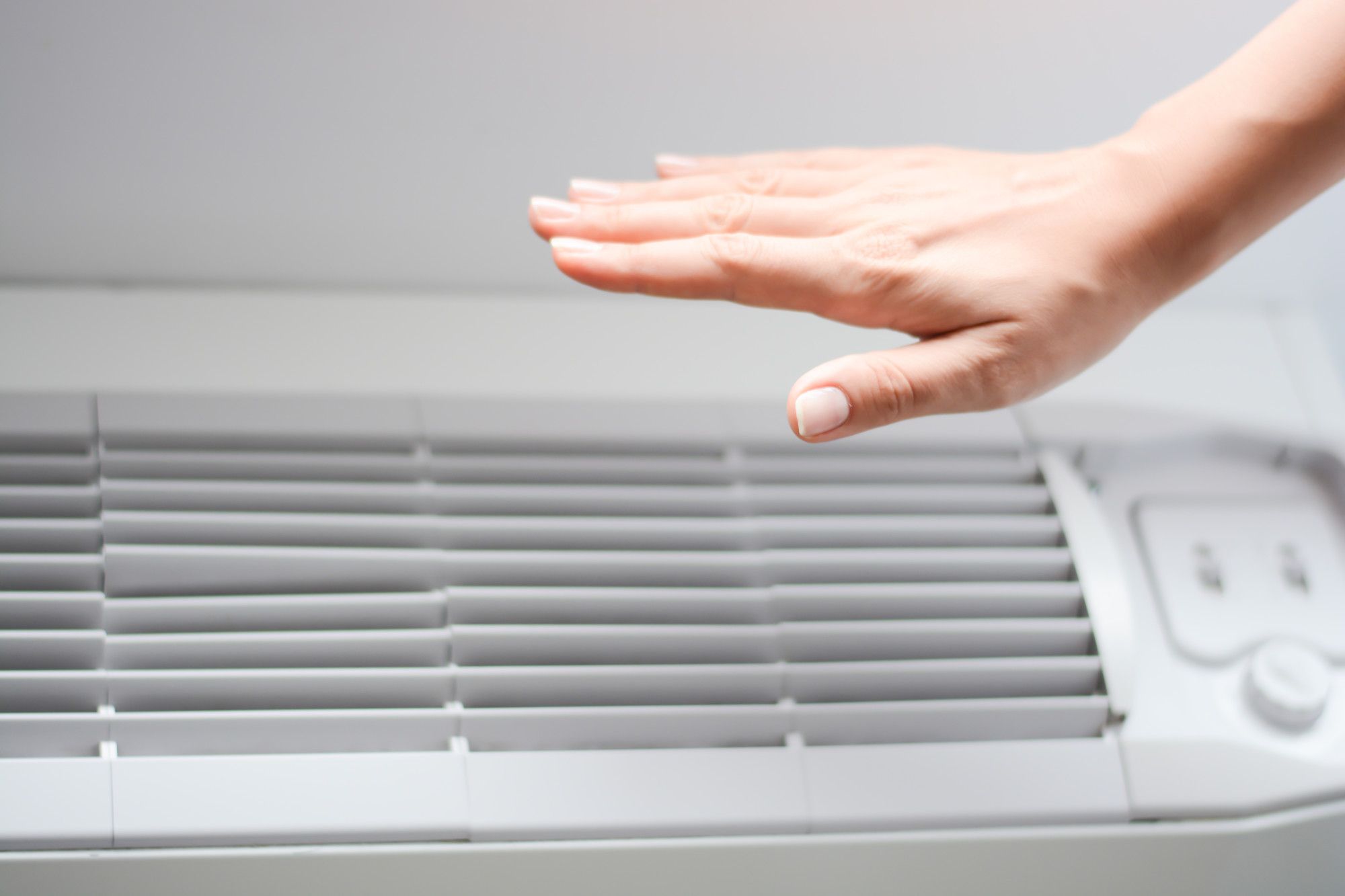

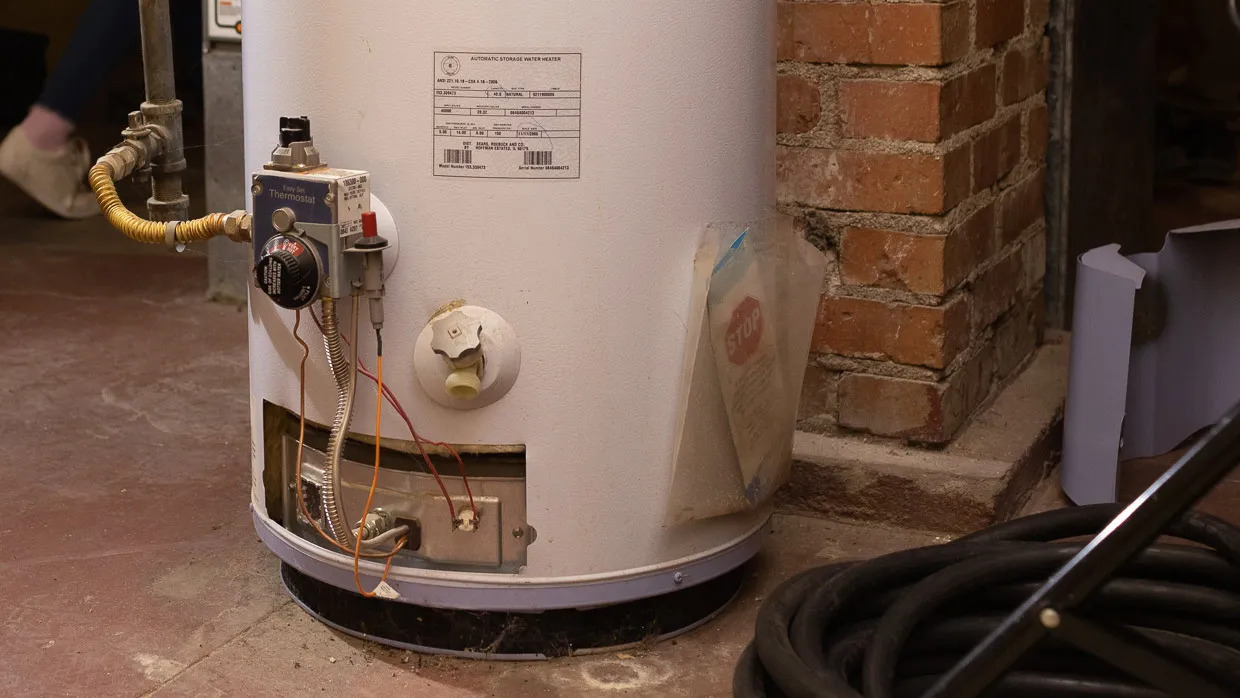
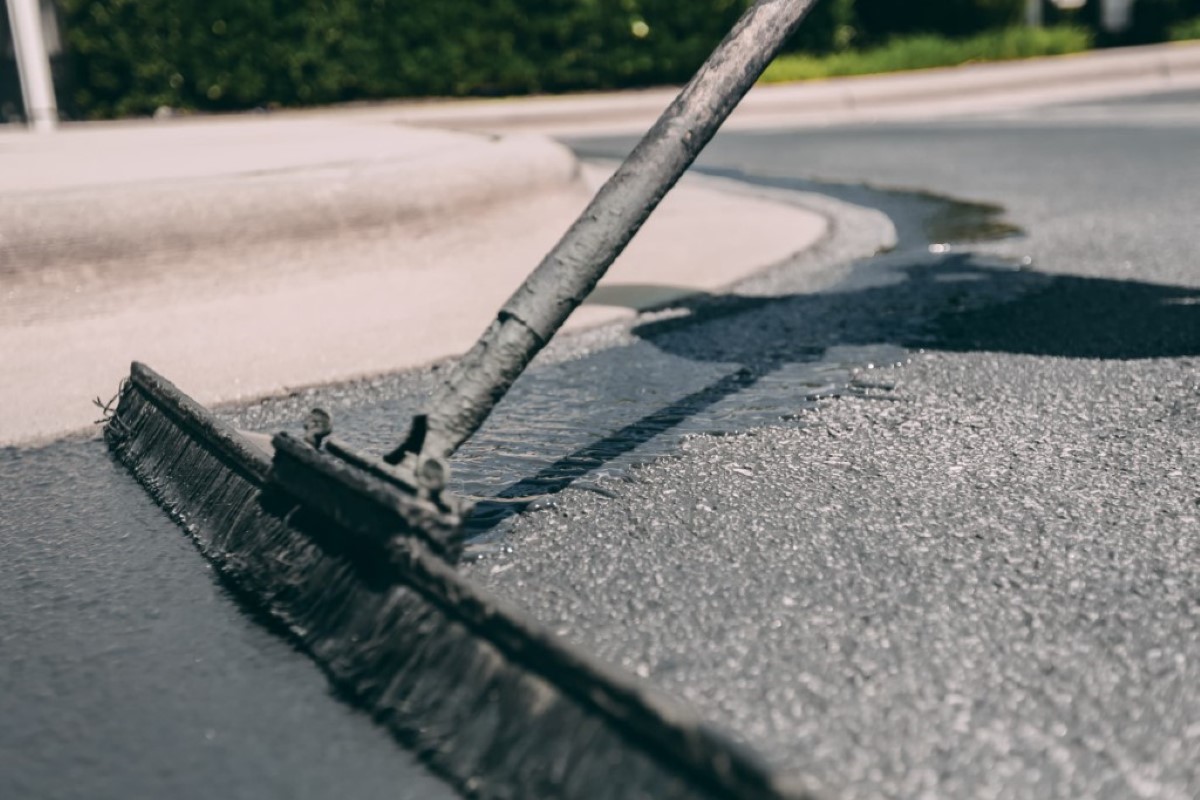

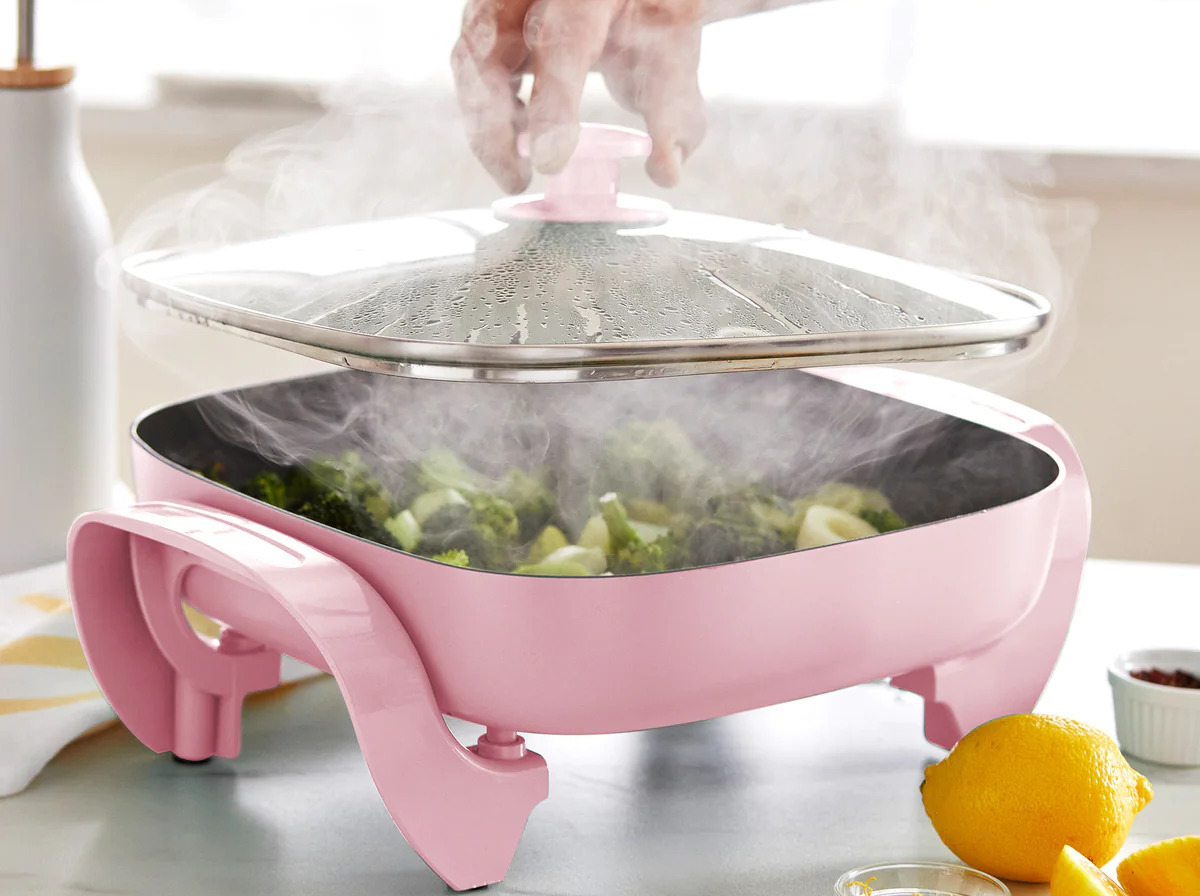
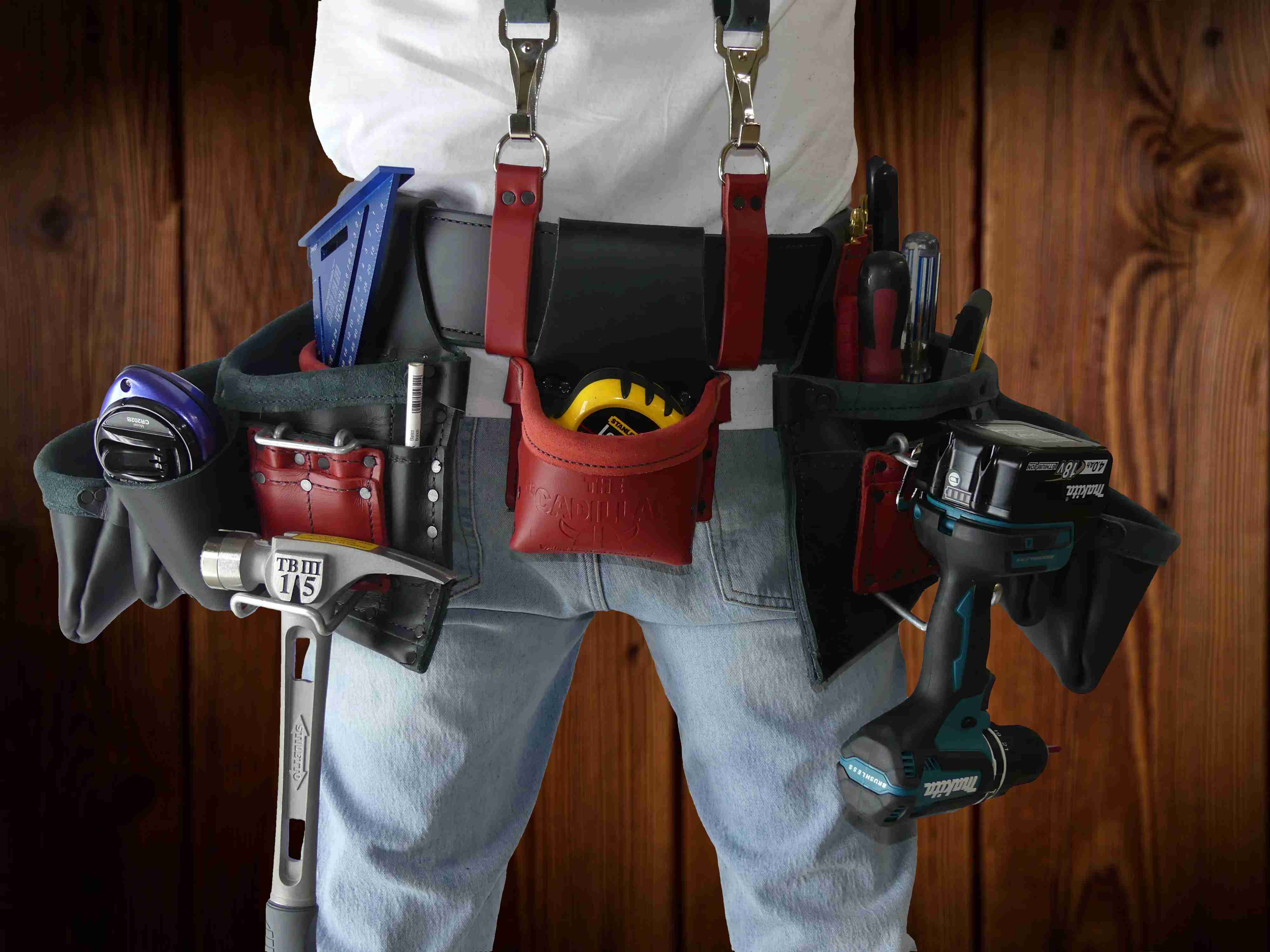


0 thoughts on “Should You Wear A Mask When Installing Insulation”